A review of plastic chemicals has painted a concerning picture of thousands of compounds that have little safety data and has recommended steps to protect human health from them. More than 4200 plastic chemicals are of particular concern because they are persistent, bioaccumulative, mobile and/or toxic. All the plastics in widespread use were recorded as containing hazardous chemicals.
The report identified more than 16,000 chemicals potentially used in the production of plastics, as well as impurities and degradation products. Biologist Martin Wagner at the Norwegian University of Science and Technology (NUST) explained during an online presentation that the goal was to synthesise existing scientific knowledge to enable decision makers to identify chemicals of concern.
A database has been compiled on known plastic chemicals as part of the PlastChem project. The chemicals include 3674 colourants, 3028 processing aids, 1687 lubricants, 1252 biocides, 883 plasticisers, 843 odour agents and 764 light stabilisers.
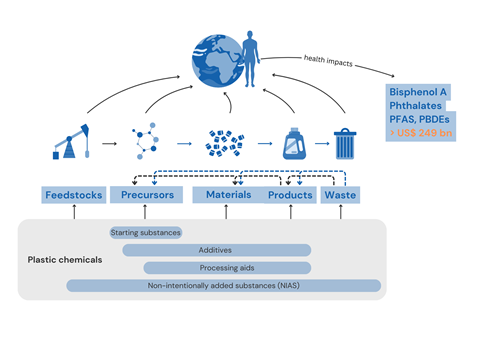
The report listed 15 priority groups of concern including phthalates, organometallics and per- and polyfluoroalkyl substances (PFAS). It recommended regulating such chemicals as classes, rather than seeking individual exposure data on thousands of individual entities.
‘You might recognise the PFAS, famously known for their high persistence, but what we discovered in the report is that there’s also many other groups of chemicals that are of concern that have gone under the radar,’ said Wagner.
The team tapped scientific reports and national regulatory databases to produce their analysis. There was information on around 6000 chemicals present in plastic, ‘but for more than 9000 chemicals, we simply don’t have this information and that shows that we are lacking transparency on plastic chemicals’, said Laura Monclús, a toxicologist at NUST.
Over a quarter of known plastic chemicals lack basic information and more than half have ambiguous or missing information on their functions and applications, the report noted. Hazard information is lacking for more than 10,000 compounds, even though this is needed for proper assessment. ‘Very few of these chemicals are actually regulated on a global scale,’ said Wagner. ‘The reason for that is very simple: there’s simply too many plastic chemicals out there.’
Many of these chemicals have been detected in people from around the world, the report noted. It warned that ‘newer research with advanced methods to study previously known plastic chemicals illustrates that this probably represents the tip of the iceberg’. A recent study estimated the US disease burden from plastics in 2018 was $249 billion (£196 billion).
The report made four major recommendations. A group-based approach to identify plastic chemicals and that 3600 presently unregulated chemicals be prioritised. The report also advocated for increased transparency on the composition of plastics, which would help with safety assessments.
Finally, the report recommended a knowledge-sharing platform and international cooperation to tackle the issue of potentially hazardous plastic chemicals. ‘We want to create safer and more sustainable plastics,’ said Wagner.





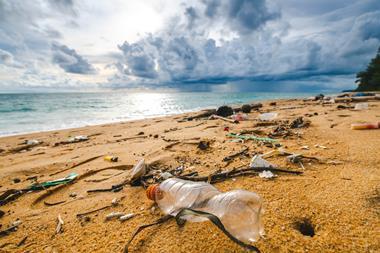
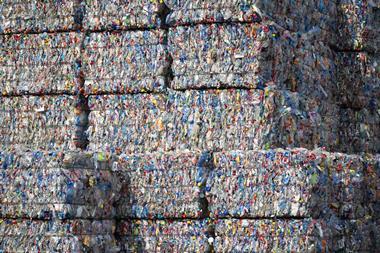
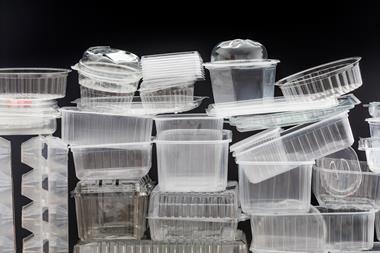

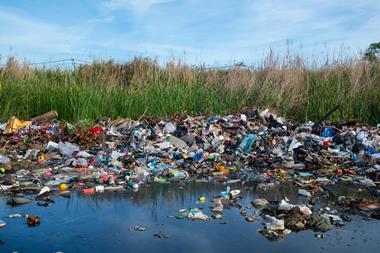







No comments yet